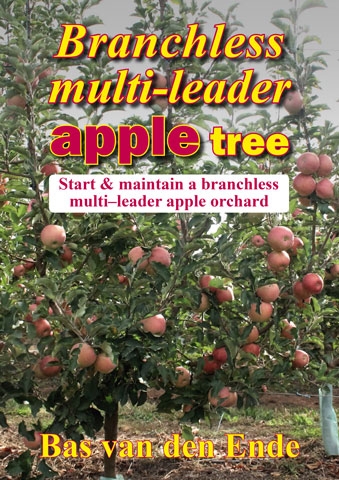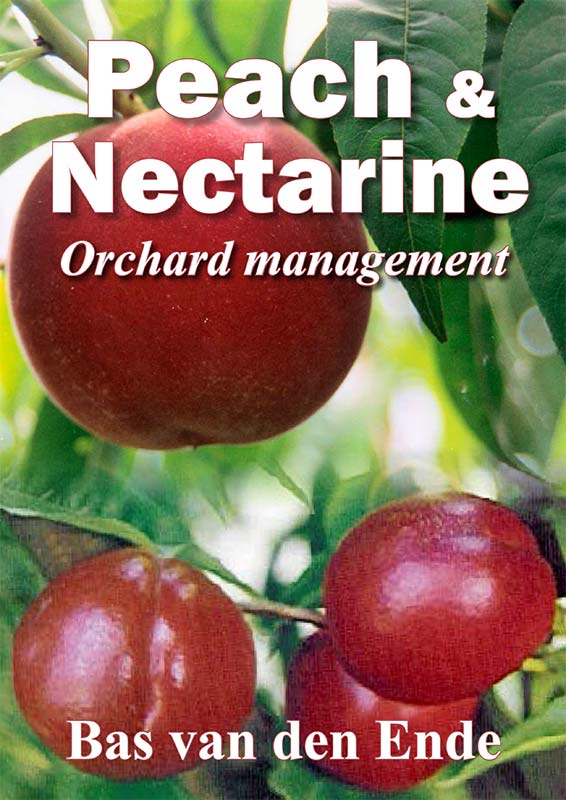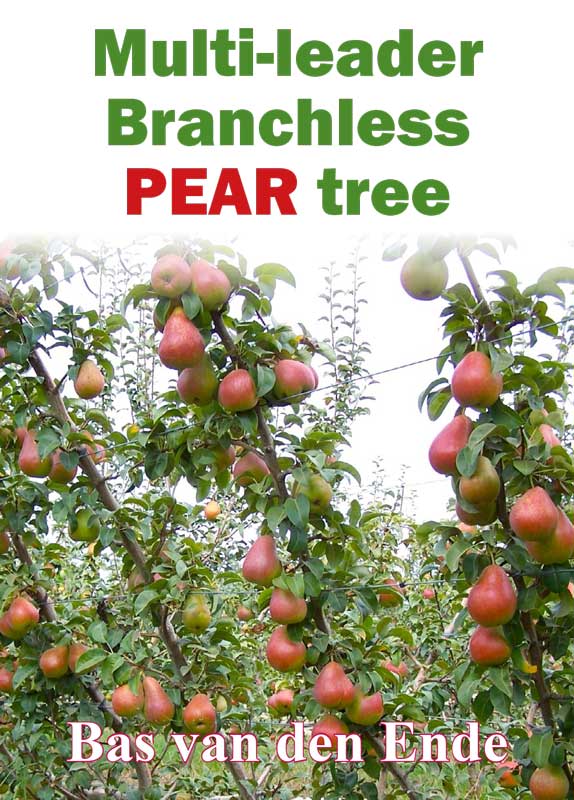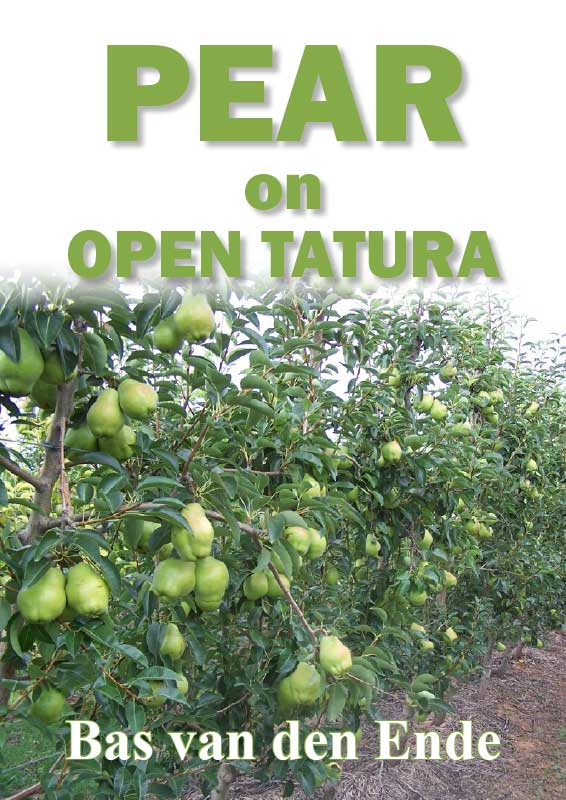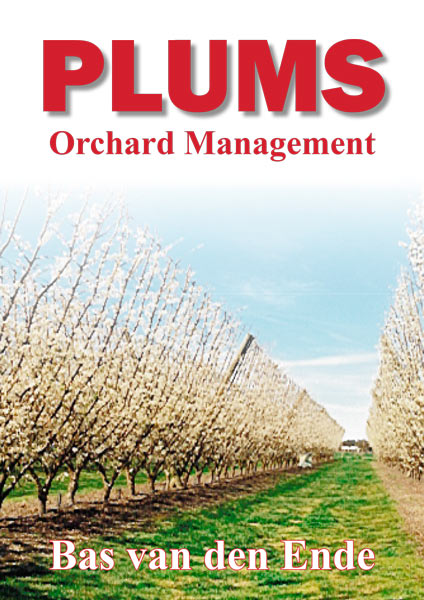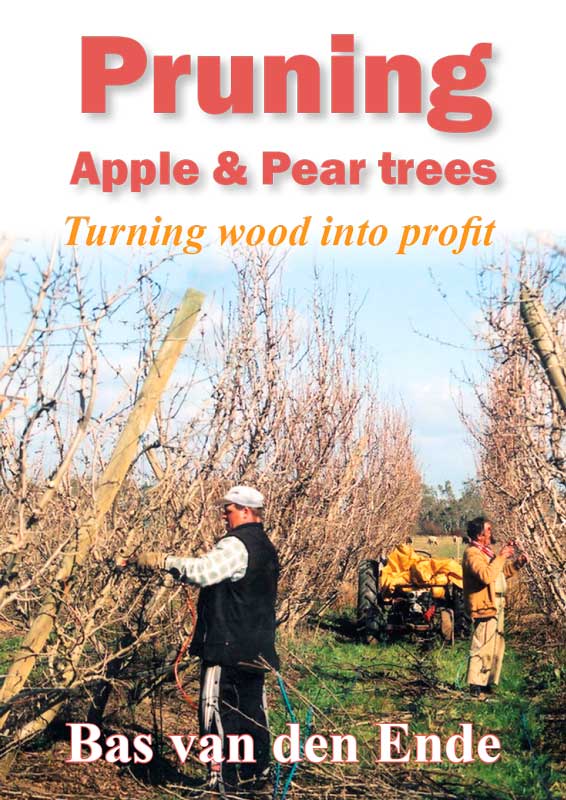Bacterial spot is a disease that causes spotting on plum, apricot and peach leaves and fruit.
Disease identification
Fruit infected with bacterial spot will have small circular, greasy spots that will sink and darken as the fruit enlarges.
These spots often crack, providing entry points for secondary diseases.
Similar greasy or water-soaked spots can be seen on the leaves of infected trees.
Damage
Up to half the fruit can become unsaleable due to cosmetic damage.
Extensive leaf spotting results in ripping and tattering of foliage.
Monitoring
Monitor leaves and fruit throughout the season to ensure early detection as the infection is difficult to control once established.
Wet conditions between blossom and petal fall favour infection on peaches and nectarine leaves and fruit.
Windy, wet conditions and heavy dews during the growing season will also favour secondary infections. Extra caution is recommended during these conditions.
Management
Cultural and physical
Trees suffering from other pests and diseases are more susceptible to bacterial spot.
Maintain soil fertility and good pest management.
Destroy any nearby neglected trees as they can act as a source of inoculum for the disease.
Do not prune during wet weather.
Biological
There are currently no known biological control agents for bacterial spot.
Chemical
Chemical control options for bacterial spot in NSW are limited. However, applying a full control schedule for leaf curl, shot hole and rust, which includes an early-season copper application, should help control bacterial spot.
Download the Orchard plant protection guide
See this article in Tree Fruit Nov 2023

